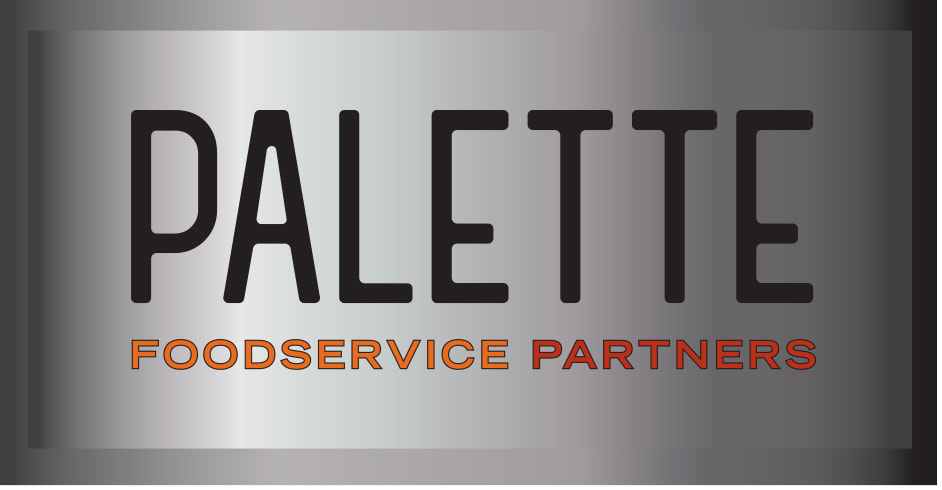 In the past few years, restaurant operators have made countless consumer-facing, tech-based tweaks to make themselves more nimble in the face of a fast-evolving dining landscape: In came QR codes, ordering kiosks, app-based ordering and other low-touch tools to connect diners with restaurant meals. But the landscape is shifting yet again. Operators are now noticing that some of these tools have better staying power than others – and striking the right balance between low-touch and high-service requires being in tune with guests and possibly recalibrating your approach. According to a recent Forbes report, for example, QR codes, third-party delivery apps and ghost kitchens have been losing their luster. (A recent survey from US Foods confirmed that 76 percent of people prefer paper menus or in-person ordering to QR codes.) It may be about consumer fatigue over clunky QR code ordering interfaces, reluctance about paying a premium for delivery in what has been a high inflationary environment, and/or sentiment that the restaurant experience delivered by these tools doesn’t feel as worthwhile as it could. Do you know, on a given day, how your guests are responding to the tools you offer to streamline your ordering experience – and how this compares with the previous week or month, for example? This is where your guest data can reveal patterns about what’s working and where you need to make changes. For example, being able to pull up data that helps you identify key pivot points – like what price maximizes a menu item’s profits without turning people away, and where your efforts at personalization are driving traffic – can help you use the tools you have on hand to make the experience you offer feel as worthwhile as possible.  If your guests have resisted using QR codes to facilitate their interactions with you, perhaps thinking they are just a relic of the pandemic, they may need you to demonstrate how much these tools can enhance their experience with you. After all, when a guest is waiting in a line out your door to be seated, what’s not to like about being able to scan your menu, see photos of every dish, get the latest updates about what is available, and even place their order (with great accuracy) at the very moment they arrive at their table? Or how about when a guest wants to place an impulse order of extra drinks or desserts? QR codes can help you capitalize on those moments (and even upsell guests on additional items) while taking pressure off your front-of-house staff and helping them turn tables more quickly. You can promote QR codes as a sustainable step too – fewer paper menus and receipts can send a positive message about your business. And these codes aren’t going away – according to research from Statista, approximately 89 million smartphone users in the U.S. scanned a QR code on their device in 2022, an increase of 26 percent over 2020, and QR codes are expected to reach 100 million users in the U.S. by 2025. Across restaurant categories, there are ways to use these codes to boost your efficiency – and the morale of both staff and guests. Have you tapped into their full potential?  If you’re struggling with labor right now, are there front-of-house tasks that can be offloaded to technology? Consider each step of the guest journey. In your dining room, can you encourage guests to use a QR code to view your menu, place a customized order and, later in the meal, order refills or dessert? Off-premise, can a customer just as easily navigate your site or app with a minimum of scrolling? Do you make it possible for them to make substitutions or additions? Implementing technology to make ordering and payment more seamless, as well as to automatically route orders to your kitchen, can greatly ease the burden on any front-of-house staff (and help you turn tables/orders more quickly too). |
Subscribe to our newsletterArchives
July 2024
Categories
All
|



 RSS Feed
RSS Feed